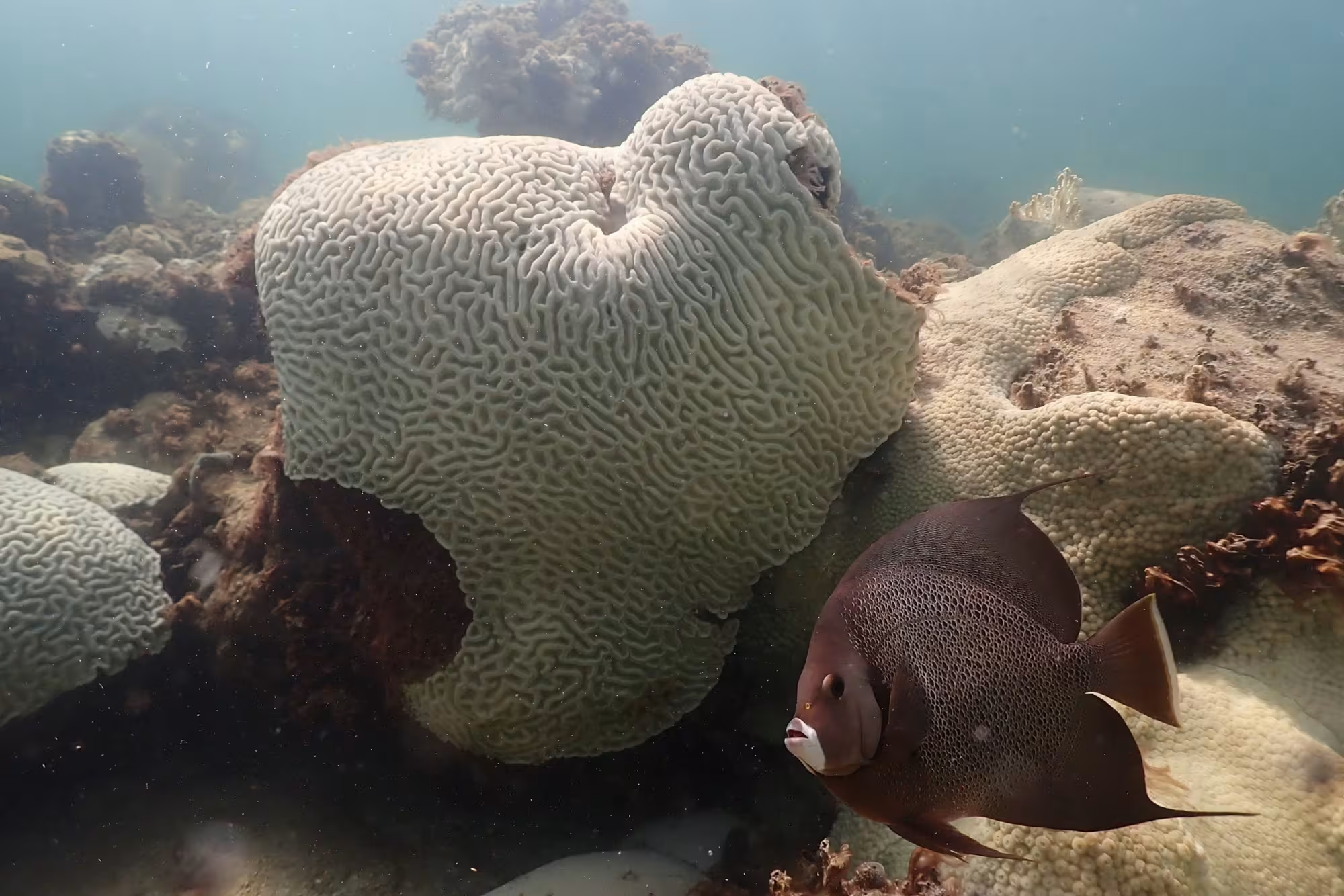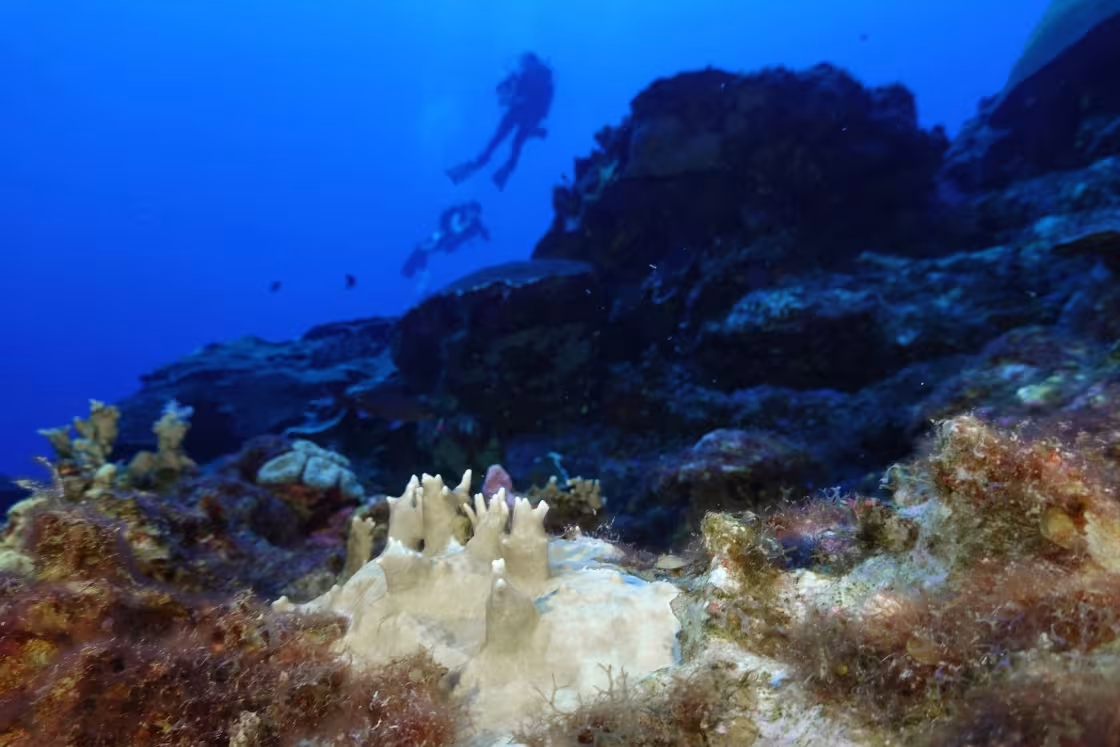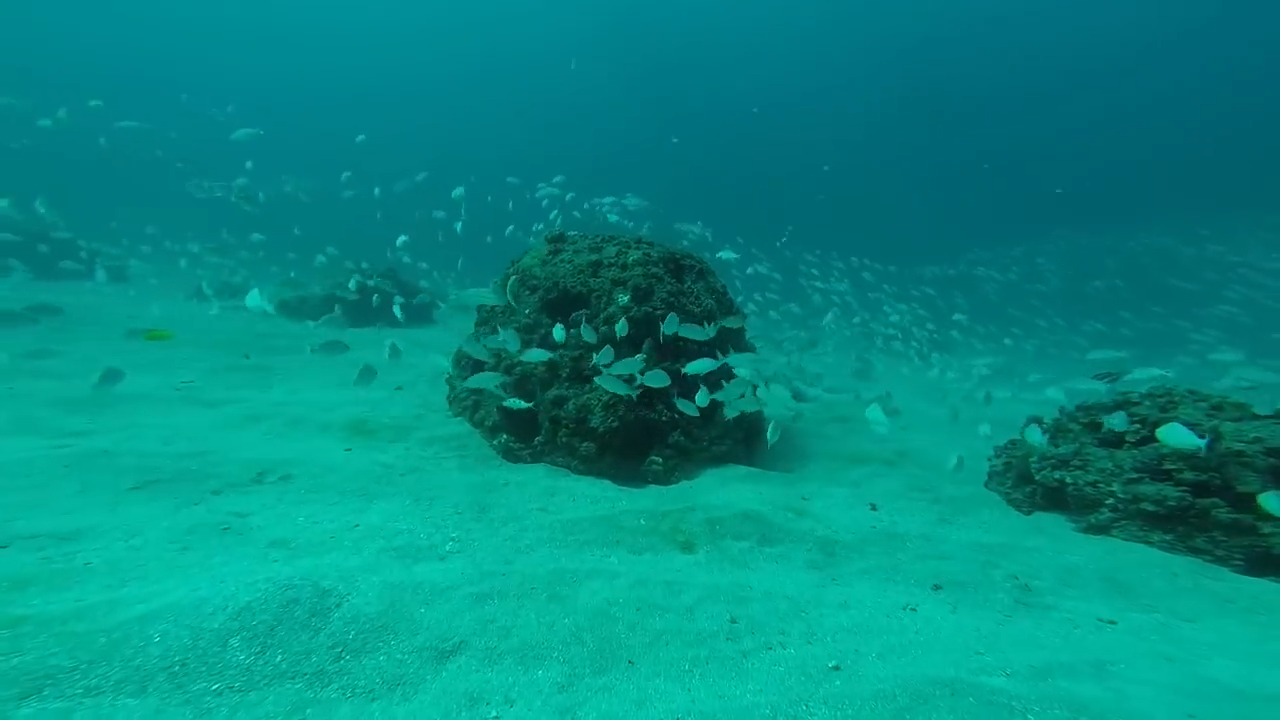Extreme ocean heat is causing a mass bleaching event in coral reefs across the globe, according to the National Oceanic and Atmospheric Administration.
NOAA on Monday declared that a “4th global coral bleaching event” was taking place and that bleaching had been documented over the last 14 months in every major ocean basin, including off Florida in the United States, in Australia’s Great Barrier Reef and in the South Pacific, NBC News reported.
“As the world’s oceans continue to warm, coral bleaching is becoming more frequent and severe,” said Derek Manzello, a coral reef ecologist who coordinates NOAA’s Coral Reef Watch Program, in a news release. “When these events are sufficiently severe or prolonged, they can cause coral mortality, which hurts the people who depend on the coral reefs for their livelihoods.”
Sea surface temperatures have set daily records for more than a year, which has prompted concerns among scientists who are trying to untangle how the oceans got so hot, so quickly. Warming from climate change and cycles of natural variability, like El Niño, have played a significant role.
Get top local stories in DFW delivered to you every morning. Sign up for NBC DFW's News Headlines newsletter.

The health of corals is intertwined with ocean temperatures because the invertebrates are extremely sensitive to heat stress. When corals are stressed, they turn white as they release symbiotic algae that live in their tissues. Bleaching is a signal that corals’ health is endangered.
“When a coral bleaches, it doesn’t mean it’s dead. It means it’s weak and at risk of dying if conditions don’t get better,” said Ana Palacio, an assistant scientist at the Cooperative Institute for Marine and Atmospheric Studies, a research institute that is based at the University of Miami in partnership with NOAA.
US & World
Corals are critical ecosystems that support a vast array of fish and aquatic species, which help feed coastal communities and attract tourists. The economic value of reefs is estimated at $2.7 trillion per year, according to a 2020 report from the Global Coral Reef Monitoring Network.
“They protect our coastline. They offer protection from storms and hurricanes. They have a great value for our economy and safety,” Palacio said.
Coral ecosystems are among the ecosystems scientists think are most at risk because of global warming. In 2018, the United Nations Intergovernmental Panel on Climate Change estimated that 70% to 90% of the world’s coral reefs would disappear if global average temperatures crossed a threshold of 1.5 degrees Celsius above the preindustrial average.
Last year was Earth’s hottest on record. Average global temperatures approached that threshold for the first time, though scientists believe the temperatures were boosted by El Niño and that 2023 was an anomaly.
In Florida, as sea surface temperatures spiked, bleaching started early in the season, experts said.
“Normally, bleaching will be observed in the Northern Hemisphere around August and September. We started to observe bleaching in July last year,” said Phanor Montoya-Maya, a marine biologist with the Coral Restoration Foundation, an organization that collects, restores and repopulates corals.
Palacio said the region saw widespread mortality of elkhorn and staghorn corals, two species that have been the focus of restoration efforts.
“In some locations, about 20% of those populations survived,” Palacio said of restored corals. “We’re concentrating our hope on why those corals survived and what they can tell us about resistance and how corals can be more resilient.”
The last global coral bleaching event happened in 2014 and lasted until 2017. More than 56% of global reef areas saw temperatures that could cause bleaching during that time period.

In an email on Monday, Manzello said that 54% of the world’s coral reef areas had experienced bleaching-level heat stress in the past year and that the event was poised to become the worst bleaching event in history.
“The percentage of reef areas experiencing bleaching-level heat stress has been increasing by roughly 1% per week,” Manzello said. “It is likely that this event will surpass the previous peak.”
Montoya-Maya said a bleaching alert is already in effect in Florida, even earlier than last year. He said the Coral Restoration Foundation was preparing for a busy summer responding to another bleaching event.
The natural pattern of El Niño has begun to dissipate and NOAA’s Climate Prediction Center estimates there is a 60% chance La Niña develops this summer, which could help cool Atlantic waters and allow some corals to recover, at least temporarily.
“This is quite heartbreaking and it’s going to cause damage to a lot of reefs in the world,” Palacio said. “I’m hoping this bleaching event is going to create some traction and people will start caring more and paying attention to what’s happening with the climate.”
This story first appeared on NBCNews.com. More from NBC News:



